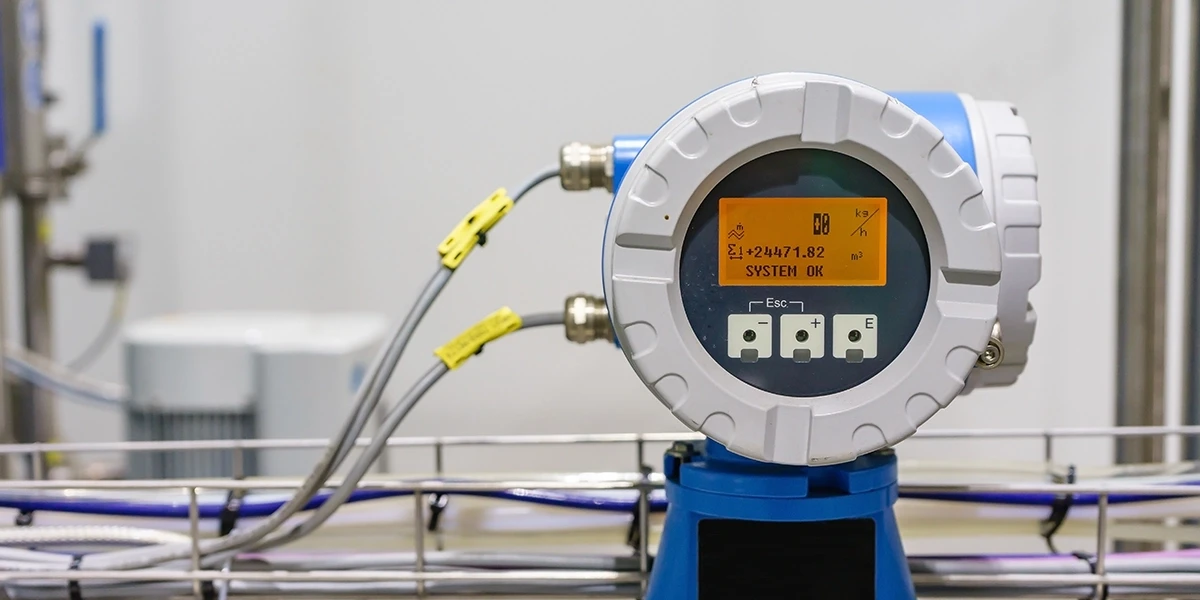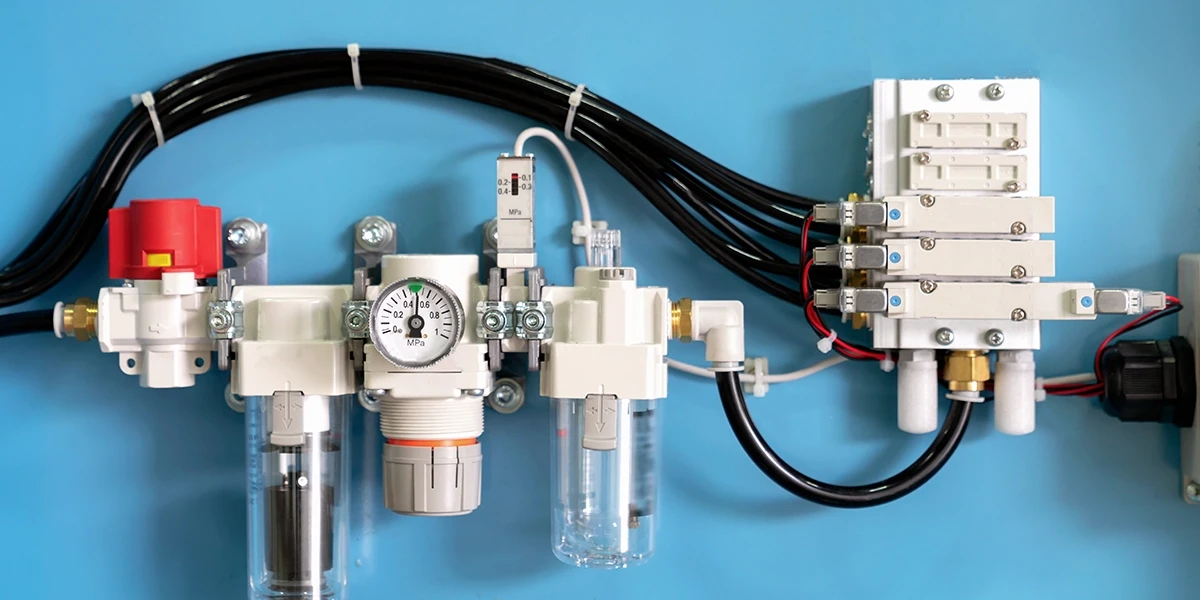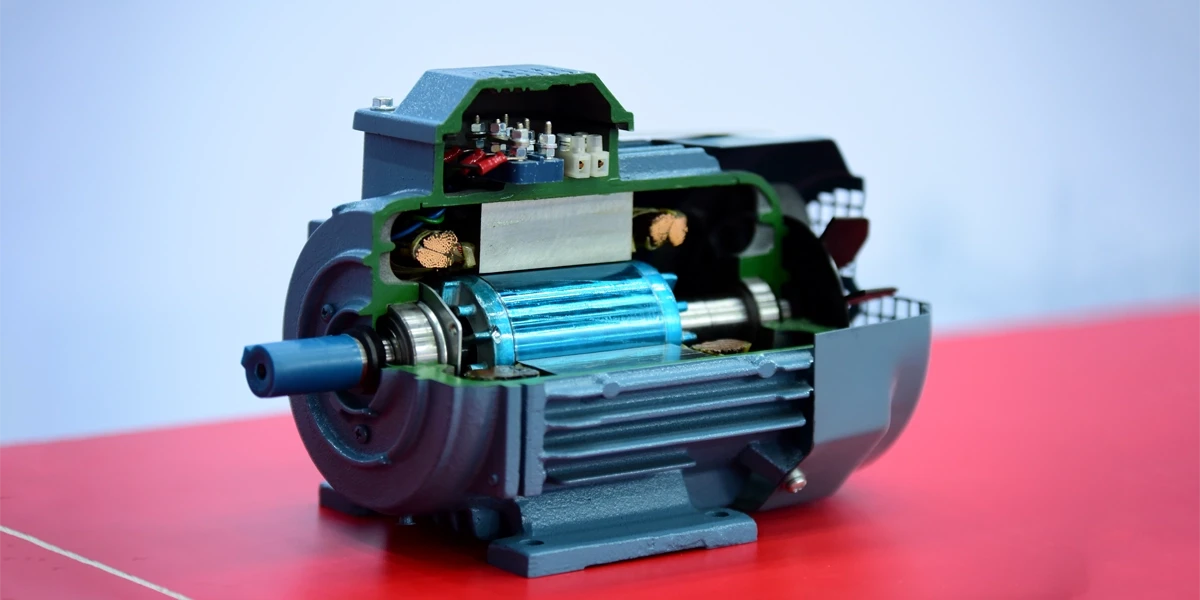Electrical safety is a critical aspect of industrial environments. It encompasses the practices, standards, and equipment used to protect individuals from electrical hazards. Electrical hazards, such as electrical shock, burns, and arc flash, can lead to severe injuries or fatalities. Using the right electrical safety equipment is important to reduce risks and follow safety rules. This blog delves into the electrical safety equipment necessary to ensure safety and compliance in various industrial settings.
Before discussing the specific types of electrical safety equipment, it's essential to understand the nature of electrical hazards. These hazards can arise from:
It occurs when an electric current passes through the body, potentially causing severe injury or death.
Lightning occurs when electricity jumps between high-voltage gaps in the air, causing a sudden release of energy.
Caused by electrical arcs, sparks, or explosions.
This can occur in environments with flammable gases, vapors, or dust, ignited by electrical sparks. These hazards underscore the need for robust electrical safety measures and equipment to protect workers and equipment.
Electrical safety equipment can be broadly categorized into Personal Protective Equipment (PPE) and Safety Devices. Both categories are vital in creating a safe working environment.
Personal Protective Equipment (PPE) protects individuals from electrical hazards. Choosing the correct electrical PPE is important to ensure worker safety in the workplace. This will protect workers from electrical hazards and different voltage levels. Selecting the right PPE is crucial for preventing accidents and injuries. Safety when working with electricity is essential. Here are some vital types of PPE for electrical work.
Arc flash clothing protects against the intense heat and light produced during an arc flash. Flame-resistant materials make this clothing and rate it based on the level of protection it offers.
Face shields and helmets protect the face and head from electrical arcs and flying debris. Workers often use these protective equipment pieces with arc flash clothing to provide comprehensive protection.
Using insulated tools minimizes the risk of accidental contact with live electrical parts. These tools are coated with insulating materials and are tested for their dielectric properties.
Designed with side shields or goggles to protect the eyes from flying debris, sparks, and other hazards.
They protect the face and eyes from significant hazards such as arc flashes or chemical splashes.
Foam earplugs or other materials are worn to protect ears from loud noise when working with electrical equipment.
They are made of rubber or other insulating materials. They protect against electric shock. They are used when working on live electrical circuits.
Offer added insulation and protection for electrical workers involved in high-voltage tasks.
Made from insulating materials to cover the arms and provide additional protection against electrical contact.
Feature non-conductive soles to protect against electrical shock and provide insulation for the feet.
Made of non-conductive materials that can be worn over regular footwear to provide an additional layer of electrical insulation.
Made from non-conductive materials, such as cotton, to reduce the risk of burns from arc flashes or electrical fires.
These consist of flame-resistant jackets, pants, hoods, or face shields to protect against the thermal effects of arc flashes.
In addition to PPE, various safety devices are essential for electrical safety. These devices help to prevent and mitigate electrical hazards in the workplace.
GFCIs are devices that protect against electrical shock by quickly shutting off power if a ground fault is detected. They are particularly useful in wet environments where the risk of electrical shock is higher.
Circuit breakers and fuses protect electrical circuits from overloads and short circuits. They interrupt the flow of electricity when a fault is detected, preventing overheating and potential fires.
For protecting low-voltage circuits.
For higher voltage applications.
AFCIs detect arc faults, which are unintended arcs that can cause electrical fires. An arc fault is detected, and the circuit interrupts to provide an additional layer of protection.
LOTO devices are used to ensure that electrical equipment is de-energized and cannot be re-energized while maintenance or repair work is being performed. These devices include padlocks, tags, and hasps.
Voltage detectors and testers are used to verify the absence of voltage before starting work on electrical equipment. These tools help to ensure that circuits are de-energized, reducing the risk of electrical shock.
Detect voltage without touching the conductor.
Measure voltage, current, and resistance.
Ensuring electrical safety goes beyond using the right equipment. It involves a comprehensive approach that includes training, regular inspections, and adherence to safety standards and regulations.
Proper training is essential for all personnel working with or around electrical equipment. Training programs should cover:
Recognizing potential hazards and understanding their consequences.
Correct usage and maintenance of protective equipment.
Responding to electrical incidents and providing first aid.
Regular inspections and maintenance of electrical equipment and safety devices are crucial for ensuring their effectiveness. This includes:
Checking for visible signs of damage or wear.
Periodic testing of PPE and safety devices to ensure they meet safety standards.
Keeping records of inspections, maintenance, and testing.
Compliance with electrical safety standards and regulations is essential for ensuring a safe working environment. Key standards and regulations include:
Provides guidelines for electrical safety in the workplace.
Covers electrical safety requirements for employee workplaces.
Offers guidelines for electrical safety practices.
As technology advances, so does the development of electrical safety equipment. Some of the Future trends in Electrical Safety Equipment include:
Smart PPE incorporates sensors and connectivity to monitor and report on the condition of protective equipment. For example, smart helmets can detect impact and alert supervisors if a worker is injured.
Enhanced voltage detectors and testers are being developed to provide more accurate and reliable measurements. These devices can help to identify potential hazards more effectively.
The Internet of Things (IoT) enables the integration of electrical safety equipment with centralized monitoring systems. This allows for real-time tracking of equipment status and immediate response to potential hazards.
Electrical safety equipment is essential for protecting workers and ensuring compliance with safety regulations. By understanding the types of electrical hazards and using appropriate personal protective equipment and safety devices, organizations can create a safer working environment. Regular training, inspections, and adherence to standards are critical components of an effective electrical safety program.
As technology evolves, the development of smart PPE and advanced detection devices will continue to enhance electrical safety measures, further reducing the risk of electrical incidents.
eINDUSTRIFY ensures you have access to the highest quality electrical safety equipment and expertise. Our commitment to safety, compliance, and innovation means you receive the latest advancements in protective equipment and safety devices, tailored to meet your specific needs. By choosing us, you invest in the well-being of your workforce and the security of your operations, ensuring that your environment remains safe, compliant, and equipped to handle any electrical hazard.
Trust eINDUSTRIFY to be your partner in maintaining the highest standards of electrical safety. Let us be your catalyst for powering a future of unparalleled industrial excellence. Reach us by emailing us at info@eindustrify.com or call +1 (888) 774 7632 to register for access to a premium global marketplace.
Electrical safety equipment includes tools, devices, and protective gear designed to protect individuals from electrical hazards, such as electrical shock, arc flash, burns, and explosions.
Electrical safety is crucial in industrial environments to prevent severe injuries, fatalities, and equipment damage.
Circuit breakers and fuses protect electrical circuits from overloads and short circuits. They interrupt the flow of electricity when a fault is detected, preventing overheating and potential fires
LOTO devices ensure that electrical equipment is de-energized and cannot be re-energized while maintenance or repair work is being performed. They include padlocks, tags, and hasps, which prevent accidental energizing of equipment
Voltage detectors and testers are used to verify the absence of voltage before starting work on electrical equipment. These tools help ensure that circuits are de-energized, reducing the risk of electrical shock.
Tags: Electrical Safety Safety Equipment Compliance Workplace Safety Electrical Tools Personal Protective Equipment (PPE) Electrical Compliance Safety Standards
RECENT POSTS:

Essential Power Transmission Accessories for Industries

Best Industrial Sensors for Automation

Uses of Industrial Control Equipment

Top Bearings and Power Transmission Solutions

Buy Battery Energy Storage Systems Now

Benefits of Pneumatic Systems Today

Durable Air Regulator Valve for Heavy-Duty Industrial Use

Power Motors Drive Today’s Industries